Year 3, Lesson 4.1: Charting Your Path – Narratives of Goals, Values & Responsibility
Unit Learning Goal
Students will synthesize their learning about values, responsibility, and good citizenship to set meaningful goals and explore civic dilemmas from multiple perspectives, preparing for future action and leadership.
Lesson Goal
Students will create a short personal narrative centered on a meaningful goal, identifying key values, anticipated challenges, and opportunities for growth or impact.
Assessment
Monitor participation during the warm-up and discussion.
Review completed narrative drafts or visual representations for evidence of values-goal alignment and attention to obstacles and opportunities.
Casel Alignment
Self-Awareness, Self-Management, Responsible Decision-Making, Social Awareness
Portfolio Documentation
Narrative Planning: Charting Your Path Handout or alternative narrative representation format
Resources
“This I Believe” sample stories or audio clips (optional)
Markers, colored pencils, paper, and/or devices (for presentation or audio formats)
Prerequisites
Students may benefit from recalling past lessons where they discussed good citizenship, personal responsibility, reflection, and the concept of “obstacles and opportunities.”
Total Time
45 minutes
Instructions
-
Remind students that Good Work often involves aligning your actions with your core values and sense of responsibility—to yourself and others.
Today, we’ll think about our goals not just as tasks to accomplish, but as part of a story we are shaping—one that includes difficulties, supports, and ethical choices.
1. Opener: This I Believe—Values and Goals Warm-Up [5 minutes]
Write on the board:
What is one value that matters to you deeply?
What is one goal you have that reflects that value?
Invite a few volunteers to share. Then ask: What kinds of obstacles or opportunities might show up on the path to that goal?”
Tell students that in today’s lesson, they’ll be exploring their personal goals and writing a narrative (or creating another product) that connects their goals to their values—and the decisions, supports, and challenges they anticipate.
2. Mini-Workshop: Sample Narratives & Format Options [10 minutes]
Share a short “This I Believe”-style essay, story, or other excerpt (e.g., World Wisdom Map) that highlights a young person’s personal challenge, goal, or value.
Lead a brief discussion:
What goal did the speaker/writer have?
What value shaped that goal or the choices they made?
What obstacles or opportunities were described?
Then explain that students will create their own narrative that explores their pathway toward a meaningful goal, using some of the ideas that have been covered in this year of the lessons.
3. Student Activity: Narrative Creation [20 minutes]
Distribute the Narrative Planning: Charting Your Path handout. Students plan and begin drafting a short narrative about themselves including:
A clear personal or civic goal
A value that inspired that goal
At least one obstacle and one opportunity
A strategy that they may follow or a decision that they may make
An outcome (real or hoped-for)
If possible, allow students to choose how they present their story (e.g., a written narrative, graphic novel format, podcast recording, spoken word, song lyrics, or visual art with caption).
Remind students that this is a portfolio piece and can be refined over time.
4. Gallery Walk or Peer Sharing [5 minutes]
Invite students to walk around the room and read/listen to/share the early versions of each other’s narratives (if possible). Encourage brief affirming comments or questions written on sticky notes.
If time is short, instead invite 1–2 volunteers to share their work aloud.
5. Closing and Exit Ticket (5 minutes)
Ask students to answer the following on their Exit Ticket
“What is one value that drives your goals? What is one obstacle you’re prepared to face—and how?”
Collect the Exit Tickets for assessment and portfolio documentation.
-
Multi-Modal Expression: Allow students to choose a creative presentation format: write a personal narrative, create a comic strip, produce an audio or video monologue, or design a slide deck with voiceover narration. Students can add their final product to their digital Good Work Portfolio.
“This I Believe” Showcase: Host a class or school-wide event (virtual or in-person) where students share their narratives with peers, families, or community members. Focus on how their values and goals relate to good citizenship.
Real-World Role Model Connections: Ask students to research a public figure (e.g., a local activist, entrepreneur, athlete, or educator) who embodies a value they identified. Students can then compare their own goals, obstacles, and strategies with the public figure's story.
Peer Interviews & Podcast Pairing: Pair students to interview each other about their narratives, and then record short podcast-style episodes where they introduce one another’s story and reflect on what they learned.

